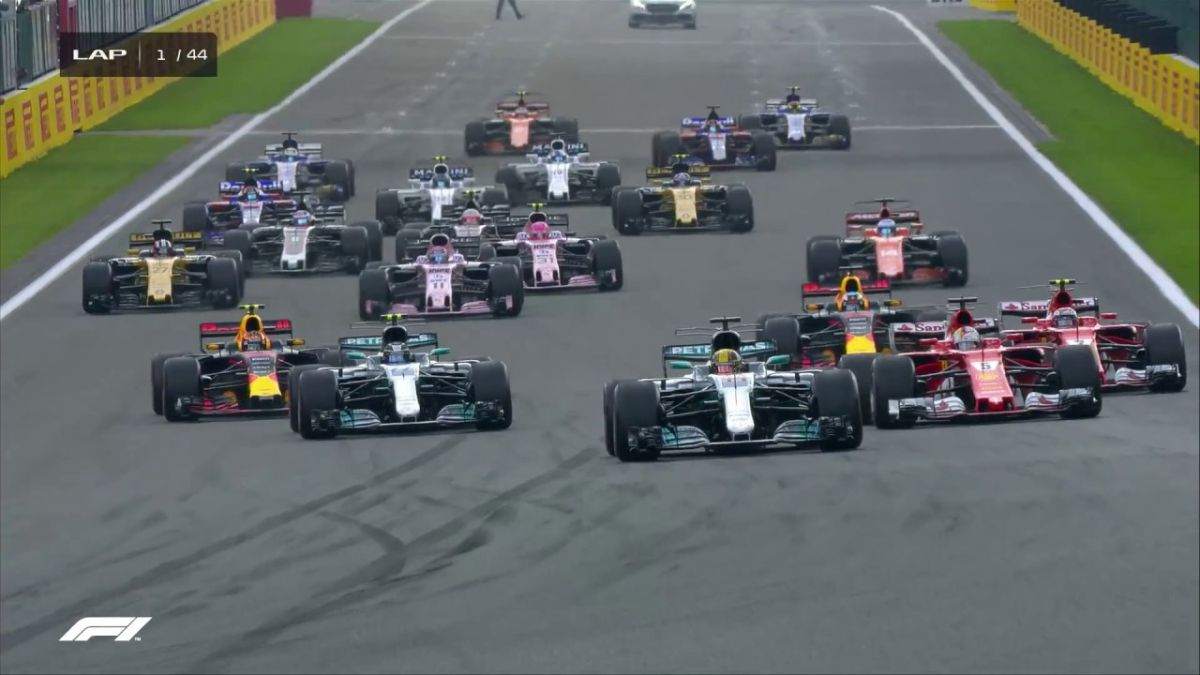The 2022 F1 season started with the introduction of all-new ‘ground effect’ cars and technical regulations.
The 2022 season was nothing less than a milestone for F1 due to the introduction of the new technical regulations. It was the first major change in cars after the introduction of turbo hybrid back in 2014. The new regulations brought new designs for the car making cars look entirely different from their predecessors.
The designs were based on the ground-effect phenomenon. This introduced the teams to a whole new different problem. The ground effect bouncing in the cars is termed porpoising. The effect of this bouncing was severe on the teams. However, F1 managing director Ross Brawn was surprised when he first saw this and that many teams struggling from the effect.
“We’ve all experienced it,” the Englishman said after pre-season testing in 2022. “It is prevalent, it’s a phenomenon, it’s physics.”
He added:
“I thought they would have anticipated it from their wind tunnel work.”
James Key highlights two key takeaways from the 2022 F1 season
McLaren technical director James Key also agrees with Brawn on that. Key also feels the porpoising was something that the teams could have foreseen. Highlighting his two key takeaways from the 2022 season, he said:
“I guess the two things which were less obvious to us, one, was the porpoising, which we all missed.“
“If we were old enough to be about in the ’80s and remember the last time it was the problem in the ’70s, we probably would’ve been a little bit more wise to it.“
“But actually, we all missed, let’s say, the potential for that to be as severe as it was at the beginning of the season, and it tended to take up more time than was expected to solve.”
The British Engineer also highlighted how the slipstreaming was also affected by the new designs:
“The slipstreaming effect we used to have was obviously part of overtaking and we lost that,”
he continued.
“Whilst we gained some following through corners and maybe made it slightly easier at windy [twisty] tracks, that effect is definitely less powerful.“
“I don’t know how you correct that and destroy the other thing, to be honest with you. It’s quite tricky. I guess we lost something in that.”
James overall happy with the new regulations
Although there were some drawbacks, Key was overall happy with how the new regulations turned out. Most importantly, the regulations played the key part it was meant to – to let the cars follow each other closely even at tracks where it was not possible before.
“We definitely had races where teams could follow at tracks where it was difficult before,”
he said as per GPFans.
“We saw a lot more overtaking than we expected, at the Hungaroring for example, and at some other circuits, where it had traditionally been difficult.“
“The drivers all commented on the fact it’s easy to follow, so definitely, that objective works.“
“You’ve got to hand it to the FIA for putting that initiative together, pioneering a lot of the early research, and engaging with the teams very proactively with it.”
For more sports-related updates, follow us on Twitter.
For more sports updates, make sure to follow us on:


















